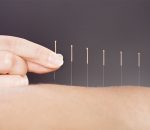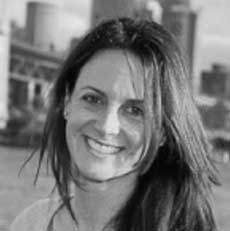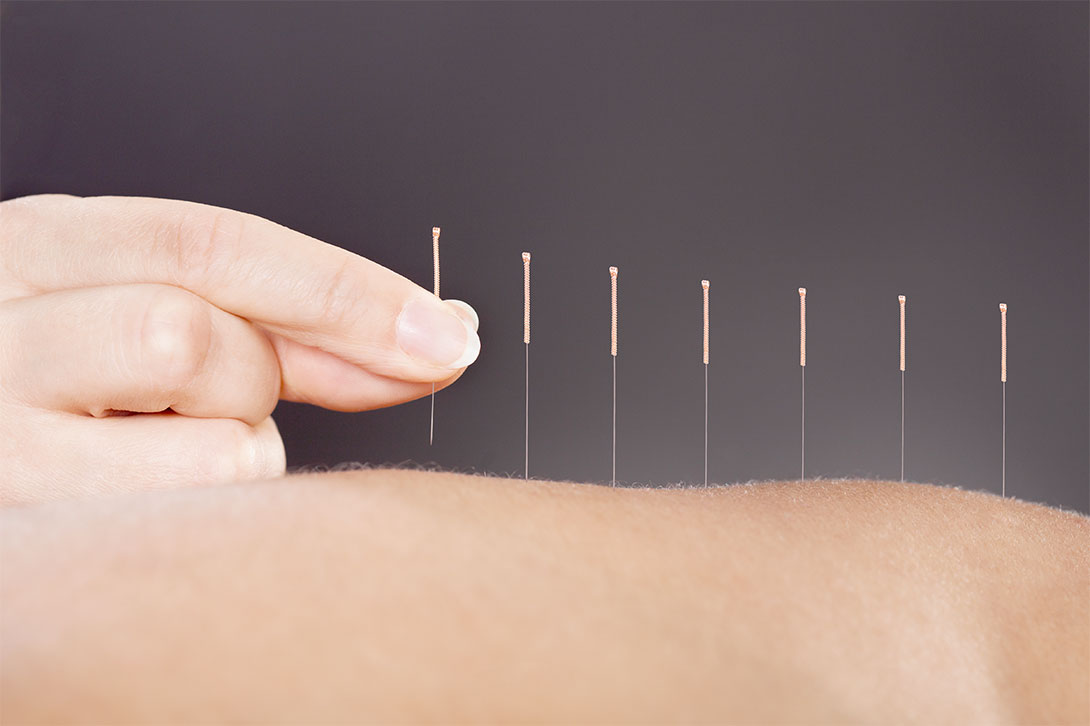iCAN

Get to know your MDT
So first of all, what is an MDT? An MDT is an interdisciplinary team, also known as a multidisciplinary care team. It’s a group of health professionals designed to help navigate appointments, treatments, surgery and all that’s associated with a particular cancer diagnosis.
There can be a lot to contend with after a cancer diagnosis. And it’s not just the physical. Dealing with an arsenal of healthcare professionals, all offering something different can add to the challenge of managing treatment.
At a time when you may be trying to simply keep yourself together, it can be confusing to know who’s who in your medical entourage – those involved in your diagnosis, treatment and ongoing care. So who is available to support you and your carers?
Depending on your diagnosis and stage of treatment, you will have a team of healthcare professionals looking after you. These people make up your multidisciplinary team (MDT) or multidisciplinary care (MDC) team. Their job is to work together to plan and review your treatment while continually aiming for the best possible outcomes.
Just who makes up my team?
Your MDT may include oncologists, specialist surgeons and nurses, along with psychologists, occupational therapists, physiotherapists and dieticians. Their job is to meet regularly to ensure that they are on-track with your care and to keep up with any developments. You don’t need to be involved in all meetings, however, you should be fully informed of any decisions and updates.
MDTs have been recommended as a key part of best cancer care practice for more than two decades, according to a 2019 review. The review found that a combined and comprehensive approach can improve care and outcomes. However, the authors concluded that MDTs must be well-organised, efficient and well-led. Effective communication with the team and the patient is paramount.
Australian government’s lead cancer control body Cancer Australia says the MDT “should comprise the core disciplines integral to the provision of good care.” It notes, the health professionals who make up a person’s MDT will vary based on their type of cancer, but added it should “reflect both clinical and psychosocial aspects of care.” So you might have an oncologist and a dietitian, a surgeon and a social worker. It all depends on your needs.
Peta Brydon, a Sydney breast care nurse, says the health professionals who make up an MDT can also vary between cancer institutions.
“It can take a village to treat somebody, and each centre is different,” Nurse Brydon says.
Who is in my core multidisciplinary team?
According to Cancer Australia, the core team members who make up an MDT typically include specialist surgeons, and medical and radiation oncologists along with support staff such as a specialist nurse or care coordinator.
Other specialists such as pathologists, radiologists, general practitioners and palliative care practitioners may also be included in your team, depending on the type and stage of cancer.
Who else is available to me?
Other specialists who a person might see are sometimes referred to as ‘non-core team members’. They may include allied health professionals like social workers, dietitians, physiotherapists, occupational therapists, speech therapists and clinical psychologists.
But again, this varies from person to person.
“Just as every person with cancer is different so the people in your team will differ from one centre to another,” Nurse Brydon emphasises.
How do multidisciplinary care team meetings work?
In the breast cancer setting, the patient is first discussed at an MDT meeting around the time of diagnosis.
“You’ve discovered a lump, and you’ve been referred by your GP to a breast surgeon. They’ve performed imaging and a biopsy or surgery and have made a diagnosis of breast cancer,” Nurse Brydon says.
“That breast surgeon then takes the results and the patient’s details, with their consent, to the MDT and presents their case.
“After the surgeon gives the background and the pathologist presents the results from the biopsy or surgery, they’ll make a decision as a team as to what the recommendations for treatment are.”
Brydon said that the process might be repeated and reviewed along a patient’s treatment path, for example, following neoadjuvant chemotherapy (administered before surgery).
“They’ll then look at the results again and consider whether there should be more surgery or whether the patient needs further chemotherapy or radiation therapy,” she notes.
Brydon said patients will often be informed about an MDT meeting taking place, but will not necessarily attend themselves.
“I always try to explain to patients who are feeling unsure about things, that their case is presented to multiple specialists, not one person in isolation. They all review it together and agree on the best possible treatment,” she says.
Who is my first point of contact?
Despite the range of specialists who are available to patients via the MDT, even cancer organisations acknowledge it can be confusing working out who to talk to about different issues.
The Cancer Council recommends that you keep a record of which members of the MDT are responsible for each area of your care. “You might need to make the initial contact with them if it doesn’t happen automatically,” the Council advises. Having a key contact person in the MDT, such as a cancer care coordinator, can also help.
“That person is there to coordinate and navigate their cancer journey with the patient. They are their first point of contact,” Nurse Brydon says, adding that specialist nurses such as breast care nurses also play a vital role.
“We sit in on consults with medical oncologists and look after wounds and dressings, but our biggest role is being a psychosocial support.
“We’re that extra person who is their eyes and their ears, and who can advocate on their behalf if needed.”
The most important person
Don’t be backwards in coming forward about anything with your MDT. If a specialist or practitioner doesn’t offer their contact details, ask for them. If you want to know more about decisions or treatment regarding your care, then ask. If you disagree with any aspects or you don’t understand then find out more or ask your care coordinator, a friend or a family member to advocate on your behalf. The most important person in an MDT is you, the patient.
Resources
Further Reading
- MDT best practice at Cancer Australia’s website.
- See examples of MDTs at Cancer Australia’s website.
- See explanations of what each member of your MDT does.
- Browse a list of the health professionals you might see.
- See more information on MDTs.
Organisations
Research
Specialists
- Breast Care Nurse, Peta Brydon.
Podcasts
- About the Doctors episode on You Me & The Big C podcast.
- American Society of Clinical Oncology on Why Multidisciplinary Care is So Important.
We would love to know any resources you found helpful which we can share to help others. Please get in contact.





















